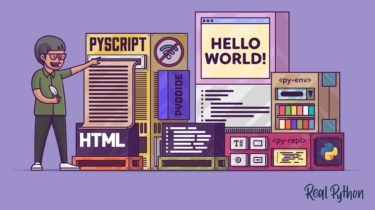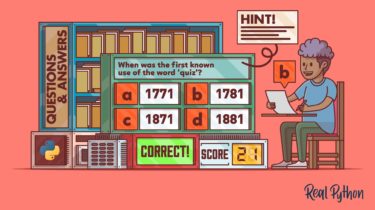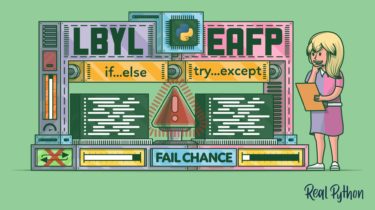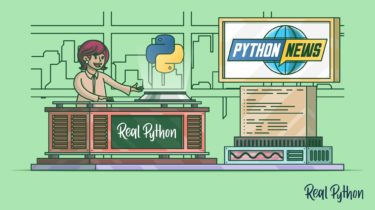A First Look at PyScript: Python in the Web Browser
PyScript is a brand-new framework that caused a lot of excitement when Peter Wang, the CEO and co-founder of Anaconda, Inc., revealed it during his keynote speech at PyCon US 2022. Although this project is just an experiment in an early phase of development, people on social media seem to have already fallen in love with it. This tutorial will get you up to speed with PyScript, while the official documentation is still in the making. In this tutorial, you’ll […]
Read more




